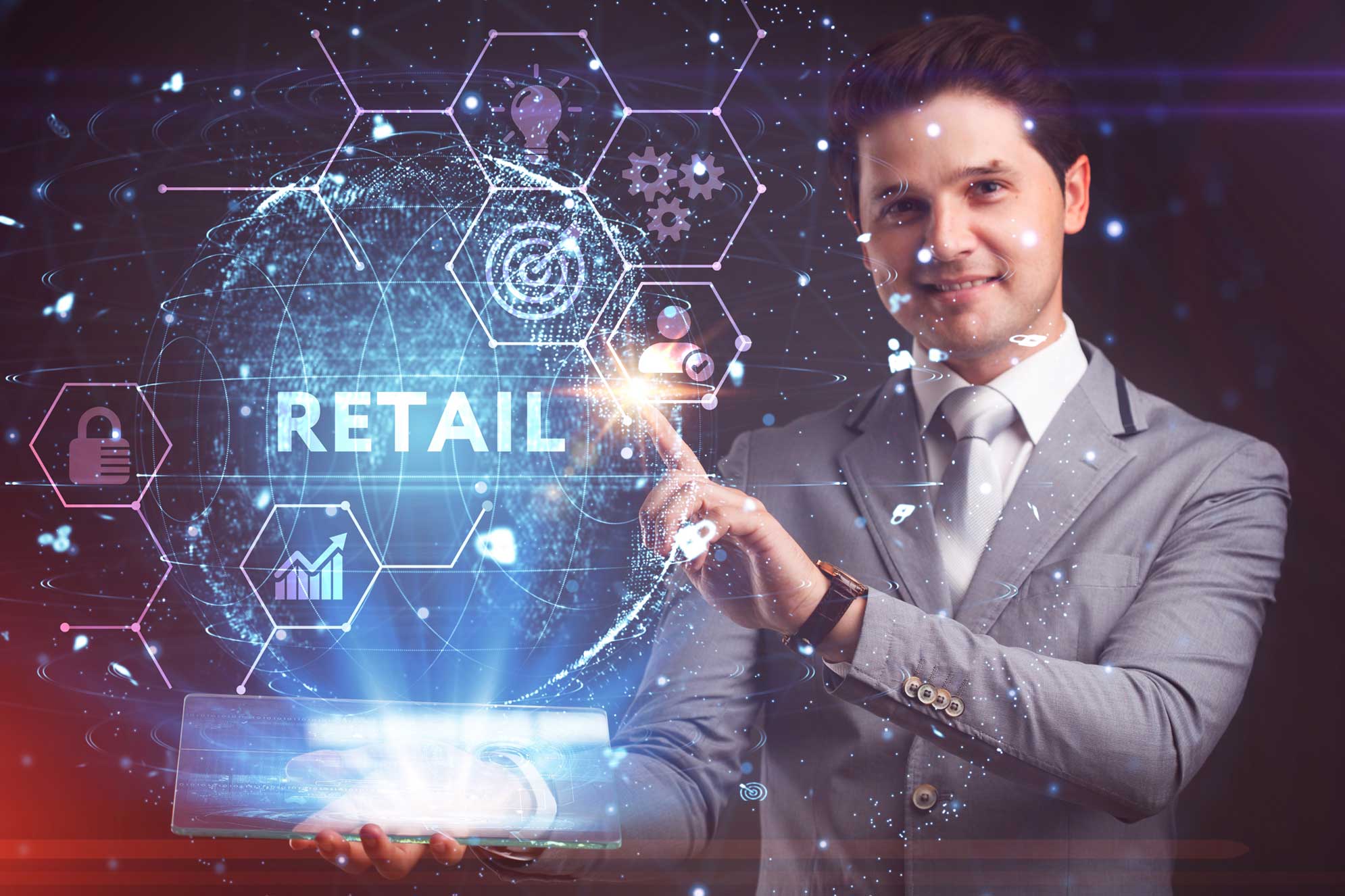Project Description
Retail IoT Solution
Why
Traditional retail’s evolution over the past decade has been driven by digital technology, such as artificial intelligence, machine learning, big data, and the internet of things (IoT). The latter is forecasted to be deployed by 80% of global retailers by 2021, as IoT continues to penetrate the retail market. IoT applications are what allows retailers to raise productivity, improve customer experience, reduce costs, and increase sales. Frontier Economics estimated that increasing M2M connections by 10% would generate a $2.26 trillion increase in the US GDP alone.

Benefits
Cost reduction
IoT use cases in retail are already enhancing the brick-and-mortar experience by gathering and implementing insights into customers’ data. This is achieved by making use of data from surveillance cameras, social media, and mobile devices, which allows retailers to better predict consumer behavior and wishes.
Better customer experience
Faster and more efficient manufacturing and supply chain operations allow reducing product cycle time. Harley-Davidson, for instance, leveraged IoT to reconfigure its York, PA manufacturing facility and managed to reduce the time it takes to produce a motorbike from 21 days to 6 hours.
Improved supply chain management
IoT use cases in retail, such as RFID tags and GPS sensors, can offer a complete picture of the movement of goods—from manufacturing to the store’s shelves and then to the customer.
Smarter inventory management
Inventory management remains a headache for retailers. Inaccurate inventory tracking can cause overstocking, stockouts, and shrinkage, leading to retailers estimating that their current inventories are only 66% accurate. But IoT in retail can automate inventory visibility, thereby solving these problems for good.
